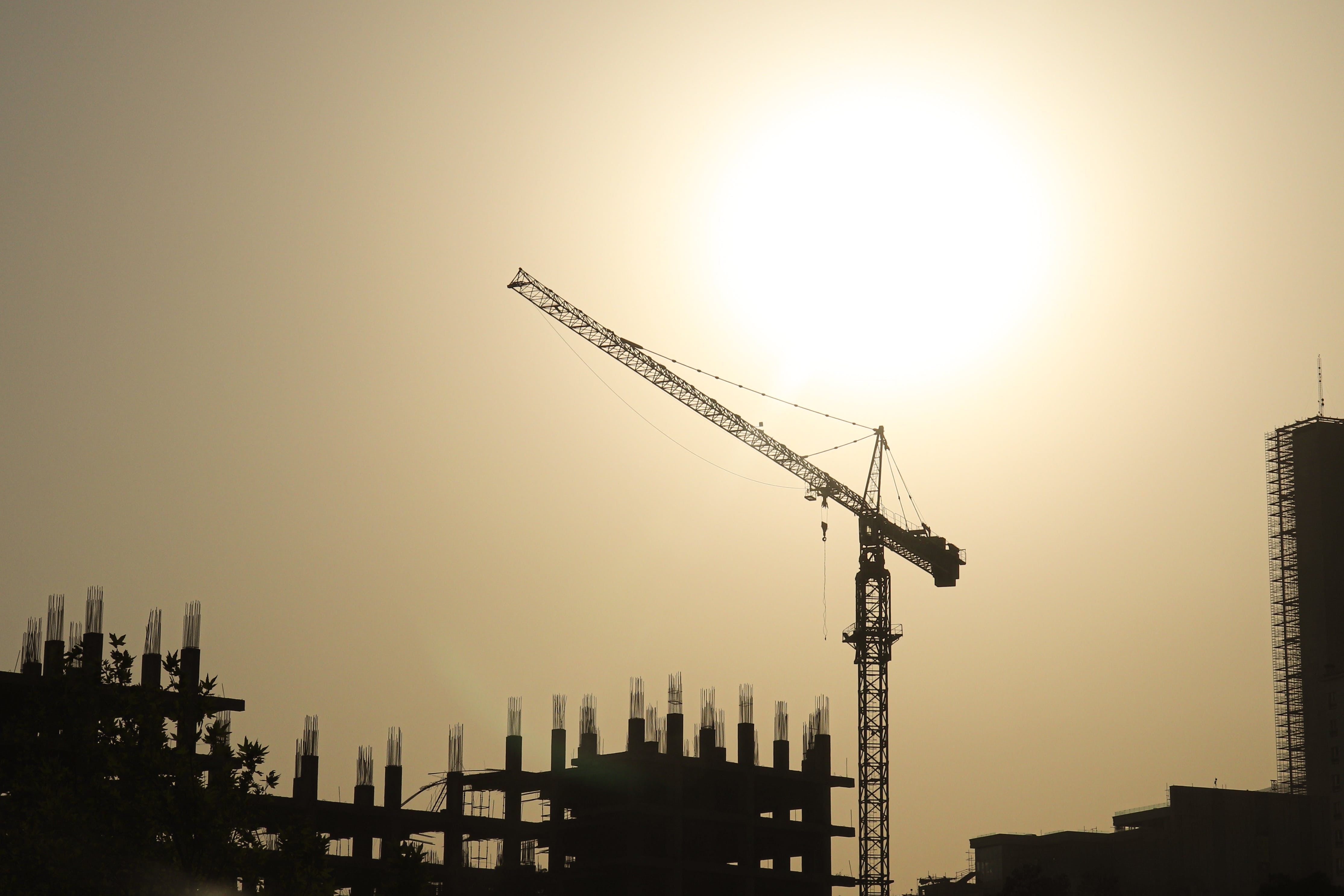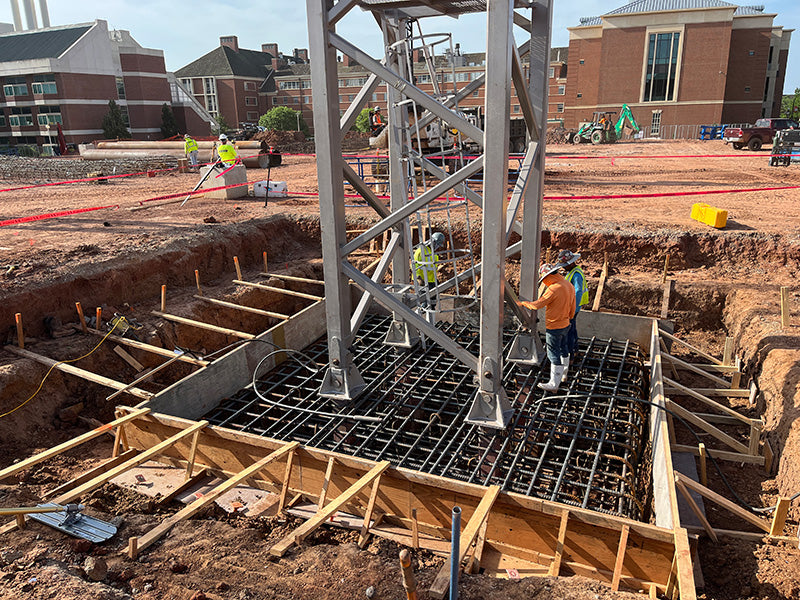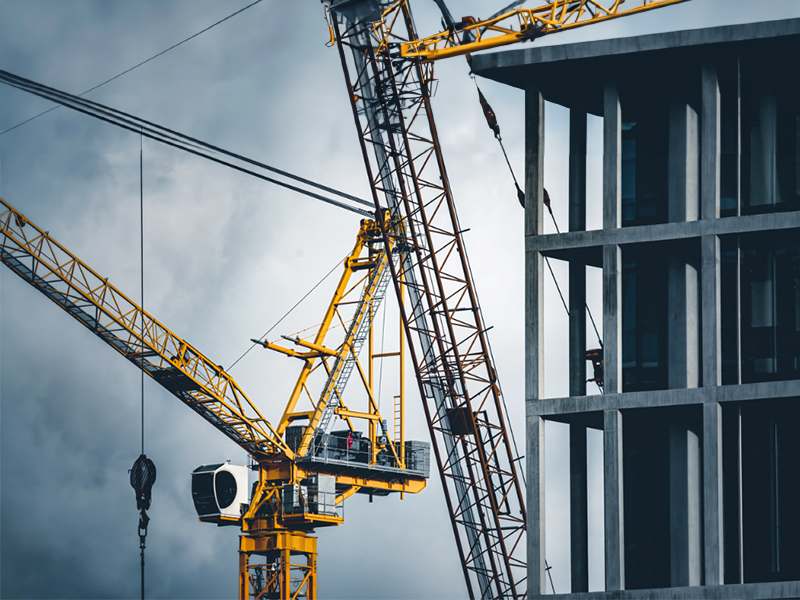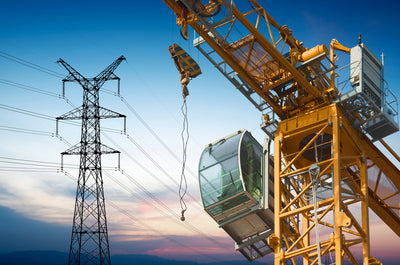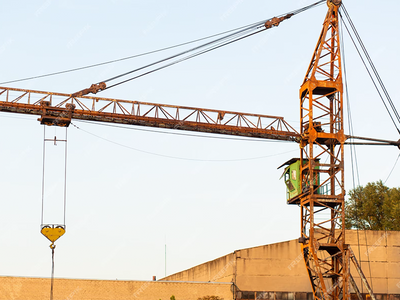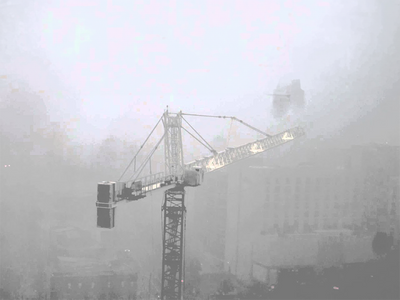Tower Crane Foundation and Fixing Angles: Ensuring Stability in Construction
In construction, the stability of tower cranes is pivotal for safety and project success. The foundation, designed based on soil analysis and load distribution principles, serves as the anchor. Fixing angles, connecting the crane to its foundation, play a vital role in maintaining verticality. Precision in installation, regular inspection, and adjustments ensure safety and stability, allowing tower cranes to operate efficiently at their specified load capacities and resist external forces like wind. By prioritizing these foundational elements, construction sites enhance safety, longevity, and the overall success of their projects.
Ensuring Tower Crane Safety: A General Guide
Ensuring Tower Crane Safety Tower crane safety in construction is ensured through: Training and Certification: Operators need comprehensive training and certification. Inspections and Maintenance: Regular checks and maintenance prevent potential issues. Load Management: Adhering to load guidelines and monitoring prevents overloading. Weather Monitoring: Continuous monitoring and equipped cranes for adverse weather conditions. Communication: Clear communication using signals and devices for safe lifts. Fall Protection: Guardrails, safety nets, and fall arrest systems protect workers at height. Emergency Procedures: Well-defined procedures and regular drills for effective response. Prioritizing these measures creates a safer construction environment, minimizing risks and ensuring project success.

